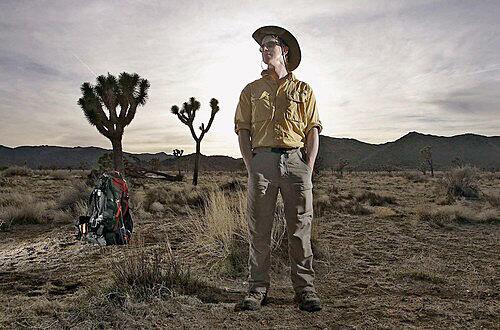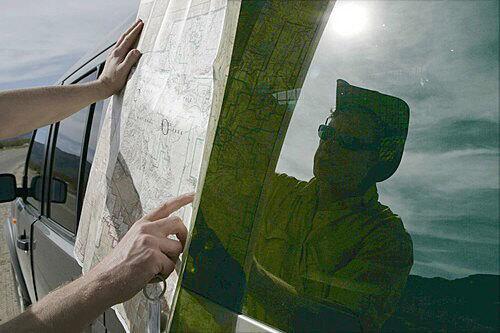
Though his electronic devices included a GPS unit with which he marked water caches he’d buried, a satellite phone and a personal locator beacon that would have mobilized search-and-rescue units if he’d been injured, Neil also found that a conventional map and compass came in handy. Here he checks his location the old-fashioned way. (Robert Gauthier / Los Angeles Times)
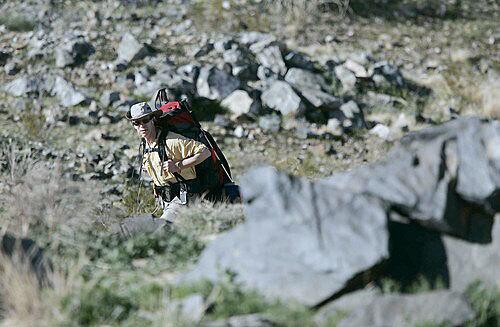
Neil checks out a potential route a day before beginning what he hopes will be a six-day, 75-mile trek, his up-to-the-moment communications equipment totaling about 7 pounds of hardware and batteries -- “a small anvil of circuitry in my 40-pound backpack,” he says. But Neil will encounter unexpected stumbling blocks. (Robert Gauthier / Los Angeles Times)
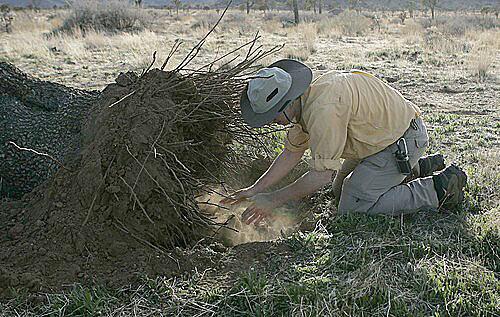
The hiker stations water at a point along his planned route, intending to use his GPS unit to find it again when he returns to the area. It’s thirsty country, and, Neil says, “If I fail to find even one of these caches, I will wind up very miserable or worse.” (Robert Gauthier / Los Angeles Times)
Advertisement
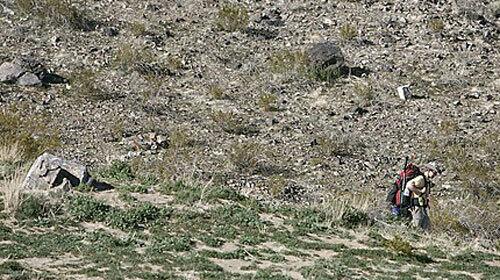
The Times writer picks his way over uneven ground. He would discover later that a gentle uphill slope that seemed manageable on his GPS unit’s topographic display was actually a taxing trudge on “ankle-deep kitty litter” -- making that day’s eight-mile hike under a beating sun seem a lot longer. (Robert Gauthier / Los Angeles Times)
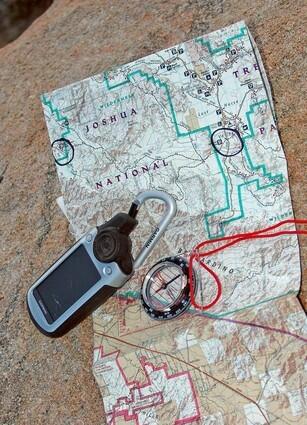
Neil’s Garmin Colorado 400t handheld GPS unit, pre-loaded with topographic maps of national parks in the West, rests on a paper map that, along with a compass, the writer used as backup. (Dan Neil / Los Angeles Times)
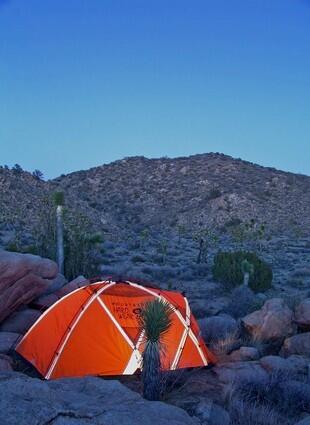
At the park’s Upper Covington Flat, Neil’s tent glows beneath a pretty sky. The writer, a husband and father, found a reason to appreciate his satellite phone : “The unexpected beauty of a sat-phone is not that everybody back home knows Im OK, but that I know theyre OK. It means I can keep playing.” (Dan Neil / Los Angeles Times)
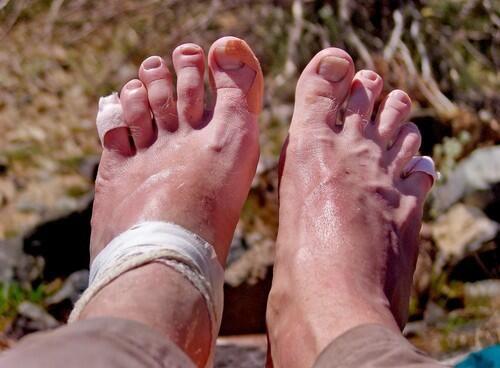
The hike ends after three days and 40 miles for a decidedly low-tech reason: Neil’s painfully raw, bandaged feet forbid him to go on. He hobbles a few miles before catching a ride in some geologists’ van and uses his satellite phone again -- to call his wife and ask to be picked up. (Dan Neil / Los Angeles Times)
